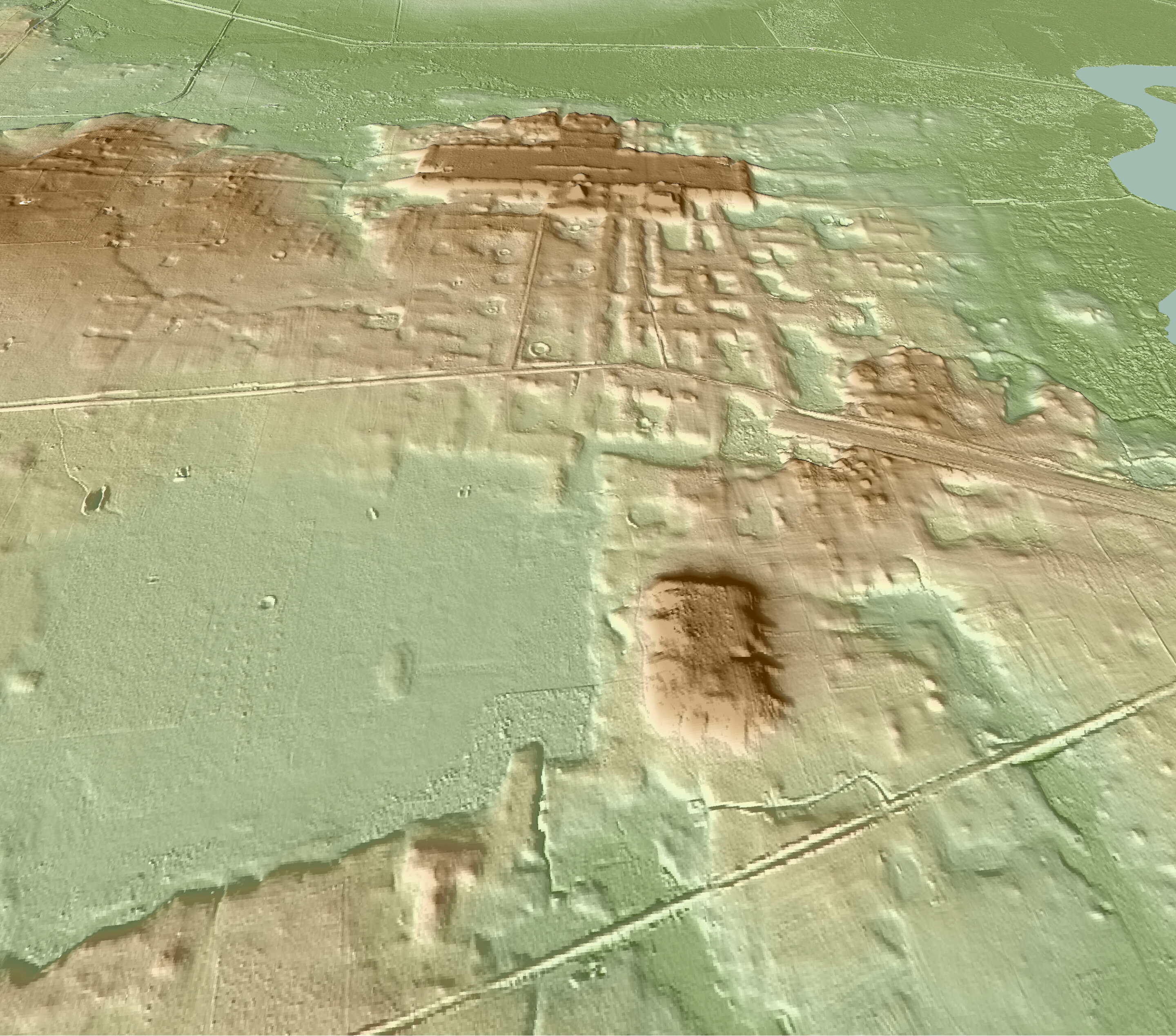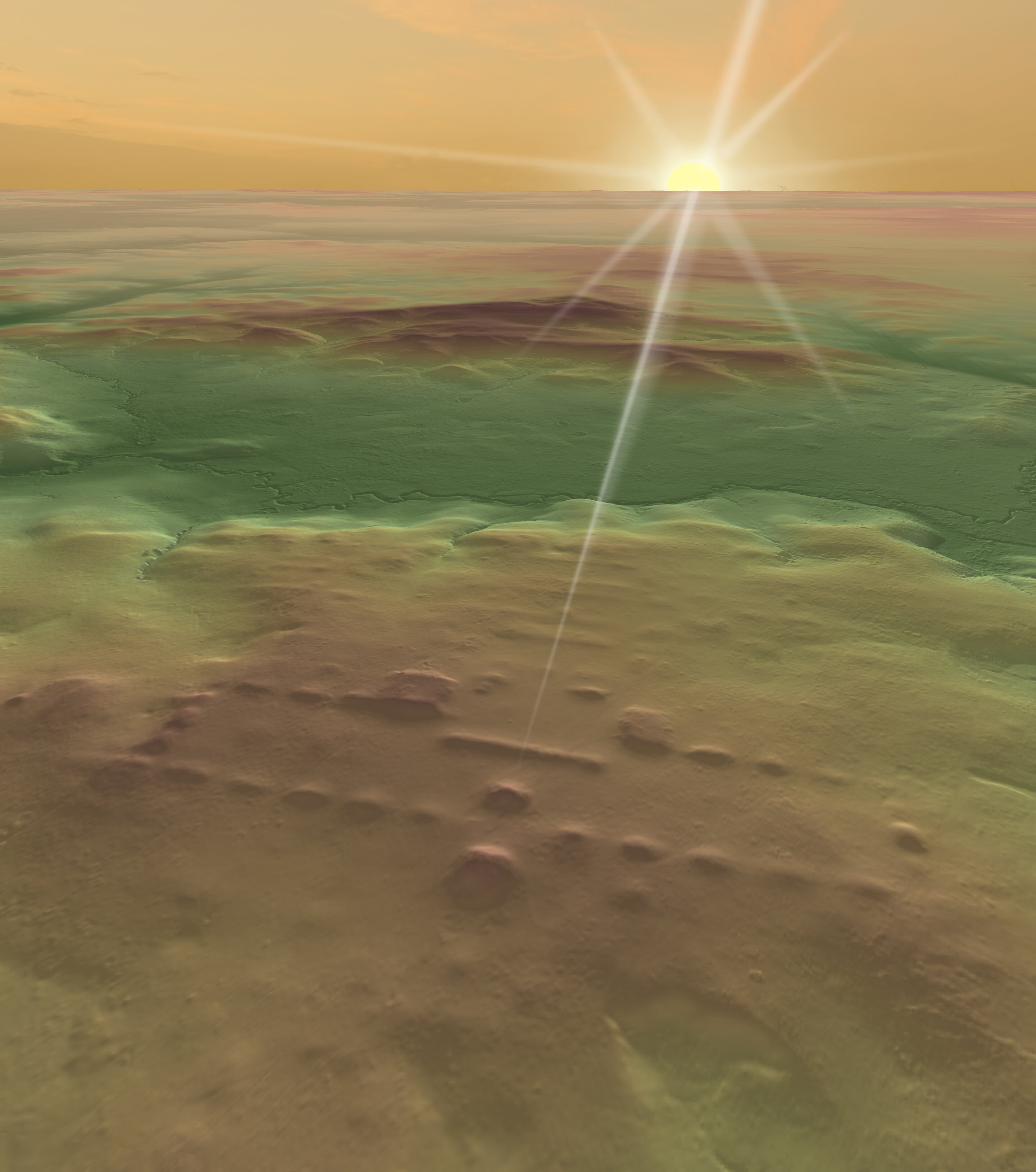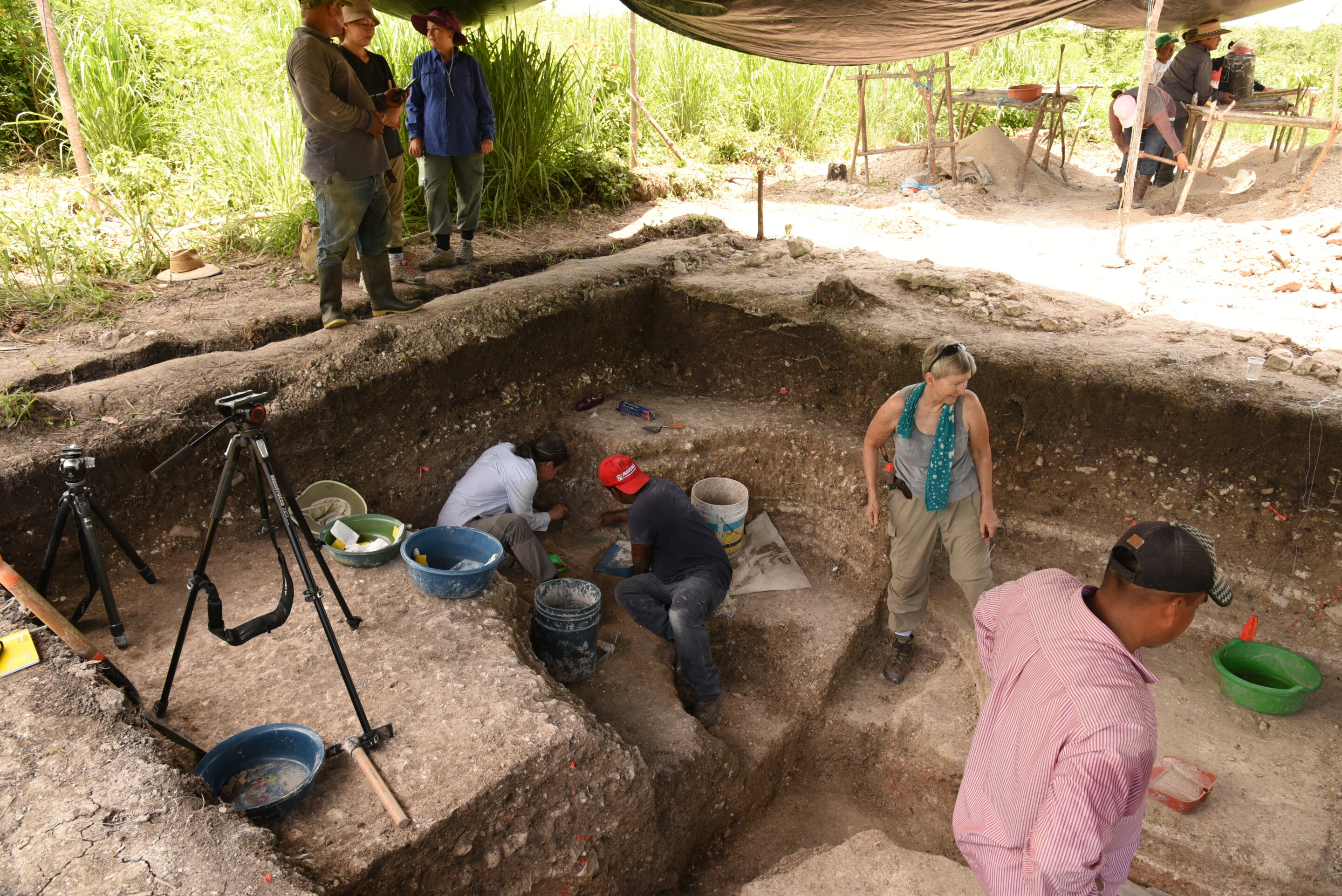 |
| The site of Aguada Fénix, viewing east. Credit: Takeshi Inomata |
Researchers from the Research Center of the Slovenian Academy of Sciences and Arts, the University of Arizona, and Colgate University have made a groundbreaking discovery using LIDAR technology: ancient Mesoamerican structures built along Mexico's gulf coast were aligned for use as a 260-day calendar. The study, published in the journal Science Advances, was conducted by Ivan Šprajc, Takeshi Inomata, and Anthony Aveni, and provides evidence that the calendar was developed and used by ancient cultures thousands of years before written records of its existence.
What is LIDAR and how was it used in the study?
 |
| The site of El Macabil. Credit: Takeshi Inomata |
What did the study find?
 |
| The site of Buenavista on the day of sunrise alignment. Credit: Takeshi Inomata |
Analysis of the structures revealed that they were aligned in a way that corresponded to the rising and setting of celestial bodies on specific days of a 260-day calendar. The angles of the complexes were mostly aligned east to west, which would have corresponded to the rising and setting of celestial objects such as the sun. The structures have been dated to between 1100 B.C. and 250 A.D.
Why is this discovery significant?
 |
| Excavations at Aguada Fénix. Credit: Takeshi Inomata |
What was the purpose of the 260-day calendar?
Having a 260-day calendar would have allowed ancient cultures to plan rituals and coordinate farming activities. Some modern Maya communities still use the 260-day calendar. The calendar was likely of great importance to these ancient cultures as it would have allowed them to track time and plan for events and activities that were important to their way of life.
What was the Olmec society and how does it relate to this discovery?
The Olmec society was an ancient civilization that lived in parts of Mesoamerica as far back as 3,500 years ago. After the decline of the Olmec society, the Mayan culture developed. Inscriptions and documents made by the Mayans described the use of a 260-day calendar. The ceremonial complexes studied in this research were built by the Olmec or Mayan peoples and were dated to between 1100 B.C. and 250 A.D., providing further evidence of the long-standing use of the 260-day calendar in Mesoamerican cultures.
Conclusion
The use of LIDAR technology in this study has allowed researchers to make a significant discovery about the use of a 260-day calendar by ancient Mesoamerican cultures. The alignment of the structures along Mexico's gulf coast provides evidence that the calendar was in use thousands of years before written records of its existence. The 260-day calendar was likely of great importance to these cultures, as it allowed them to track time and plan for important events and activities. Some modern Maya communities still use the 260-day calendar to this day, further showcasing the enduring influence of this ancient system of timekeeping.
The study's authors, Ivan Šprajc, Takeshi Inomata, and Anthony Aveni, have made a significant contribution to our understanding of the history and cultural practices of ancient Mesoamerica. Their use of LIDAR technology has allowed them to uncover previously hidden structures and reveal their function as a calendar, providing a glimpse into the daily lives and rituals of these ancient cultures.
This discovery highlights the importance of technology in the field of archaeology, as it allows researchers to see beyond what is visible to the naked eye and uncover hidden secrets of the past. It also serves as a reminder of the sophisticated systems of knowledge and technology developed by ancient cultures, and the ways in which they continue to influence modern societies.
Journal Information: Ivan Šprajc et al, Origins of Mesoamerican astronomy and calendar: Evidence from the Olmec and Maya regions, Science Advances (2023). DOI: 10.1126/sciadv.abq7675



0 Comments